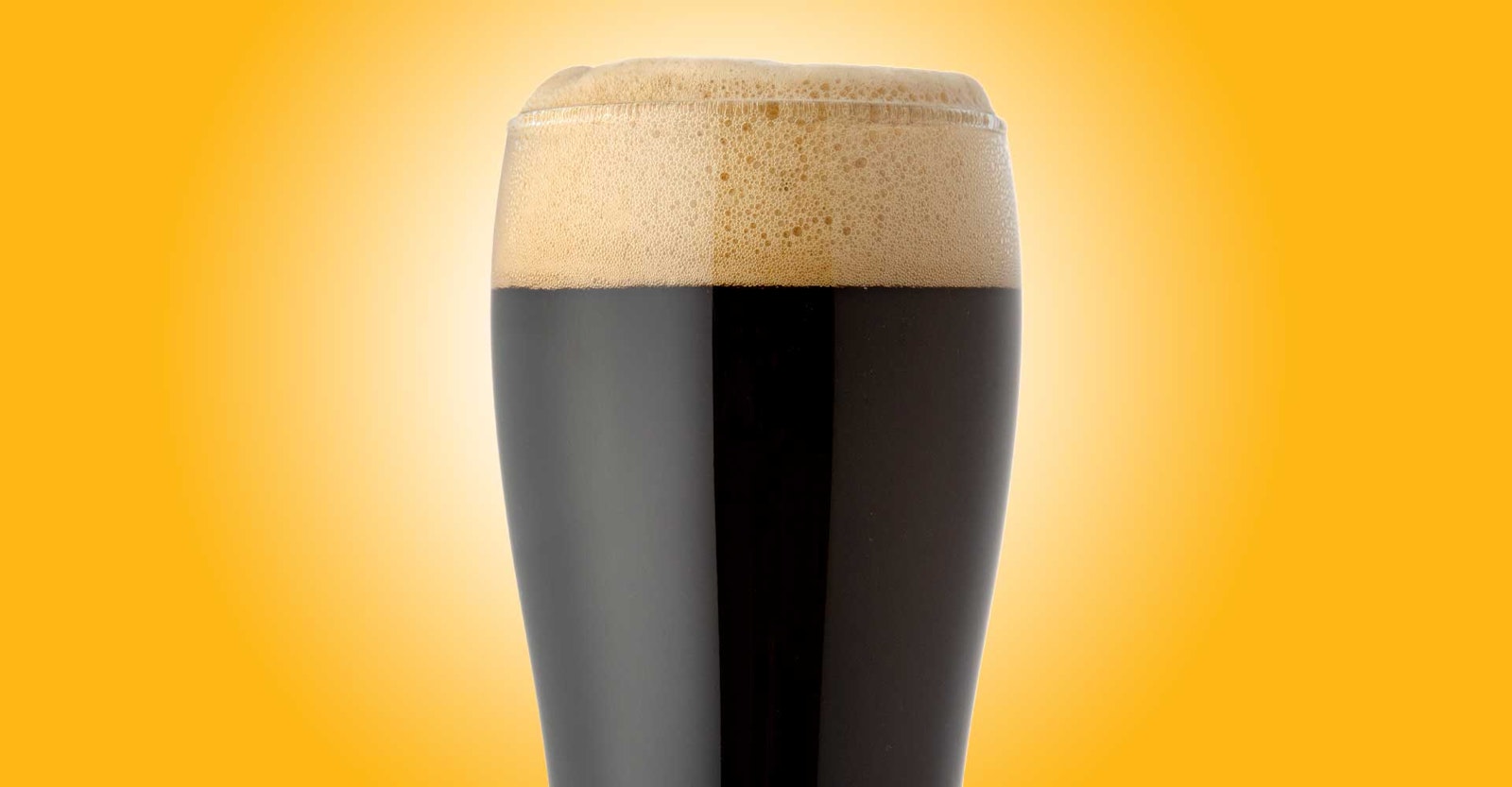All Access Subscribers can download the Beersmith and BeerXML version of this recipe. Subscribe today.
ALL-GRAIN
Batch size: 5 gallons (19 liters)
Brewhouse efficiency: 72%
OG: 1.072
**FG: 1.019
IBUs: 30
ABV: 7.4%
MALT/GRAIN BILL
10 lb (4.5 kg) Maris Otter
1 lb (454 g) crystal 45L
1 lb (454 g) crystal 65L
1 lb (454 g) pale chocolate malt
8 oz (227 kg) flaked barley
HOPS & ADDITIONS SCHEDULE
0.5 oz (14g) Magnum at 60 minutes [18 IBUs]
0.75 oz (21 g) each Chinook and Northern Brewer at whirlpool [12 IBUs]
0.75 oz Chinook at dry hop
4 oz (113 g) cracked whole coffee beans at dry hop
4 oz (113 g) coarse-ground coffee for cold brew at packaging
YEAST
Wyeast 1007 (German Ale) Yeast
DIRECTIONS
Mill the grains and mash at 152°F (67°C) for 60 minutes. Recirculate until the runnings are clear, then run off into the kettle. Sparge and top up as necessary to get about 6 gallons (23 liters) of wort, depending on your evaporation rate. Boil for 60 minutes, adding hops according to the schedule. After the boil, wait 5 minutes, then stir to create a vortex; add whirlpool hops and allow 15 minutes to steep and settle. Chill the wort to about 62°F (17°C), aerate well, and pitch the yeast.
Ferment at 63°F (17°C) for the first 3 days, then allow the temperature to rise 1–2°F (0.5–1°C) per day to 68°F (20°C). Hold at that temperature for at least a week, or until 2–3 days after fermentation is complete and gravity has stabilized. Crash the beer to 35°F (2°C), add the dry hops and cracked coffee beans, and wait 5 days. Finally, steep the coarse-ground coffee in cold, filtered water—just enough to cover the grounds—for about 12 hours. Filter the cold-steeped coffee and add it to the beer to taste, then package and carbonate to 2.5 volumes of CO2.
BREWER’S NOTES
Control panel, engaged: This beer is based on my go-to American stout, but I made some adjustments to help the coffee shine through. I removed the roasted barley entirely and replaced it with flaked barley, reducing sharpness while adding richer mouthfeel. I went with a paler chocolate malt for a softer yet more flavorful background. I also pulled back on the IBUs because the coffee adds some sharp notes that increase the impression of bitterness.
Coffee: Choose any variety of coffee you like drinking, but freshly roasted beans from a local roaster will always give you the best results. This is also a good candidate to add some lactose for a café au lait vibe, if that’s your cup of, er, coffee.

